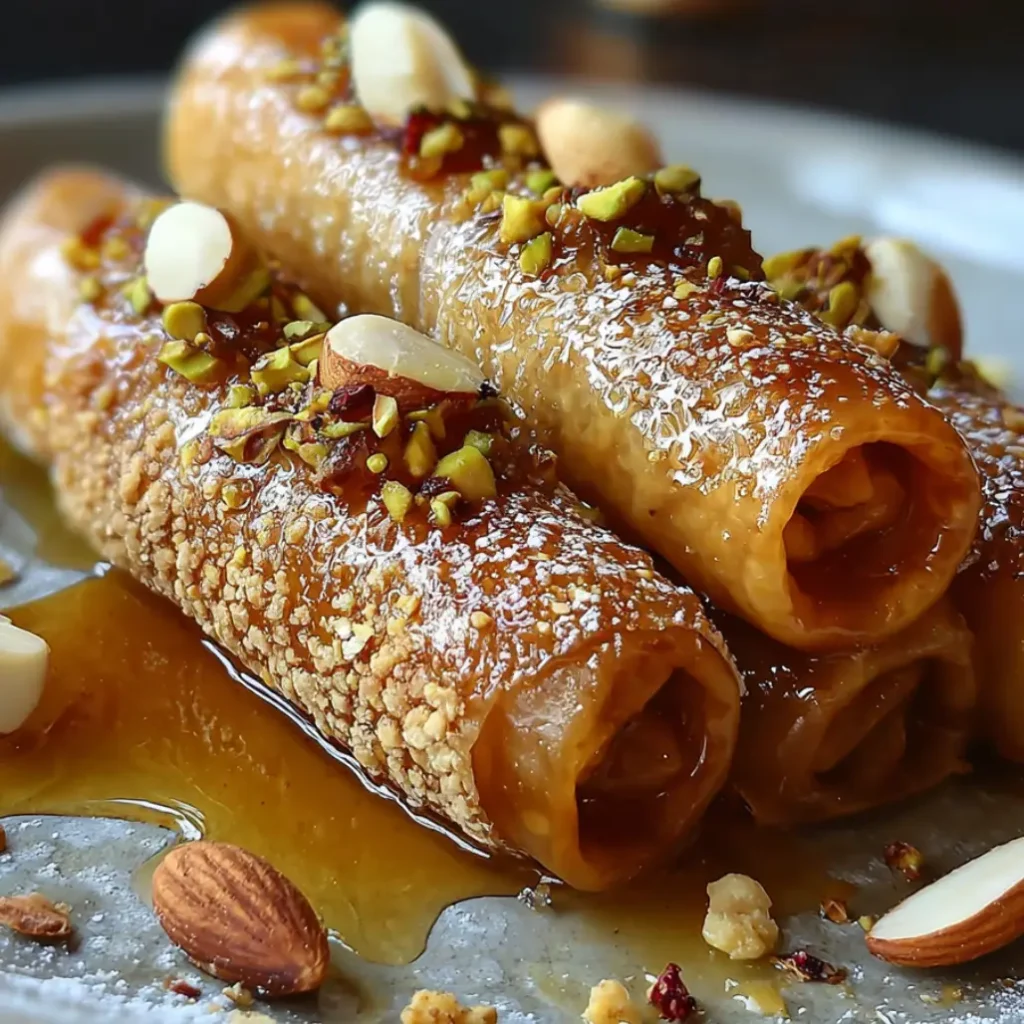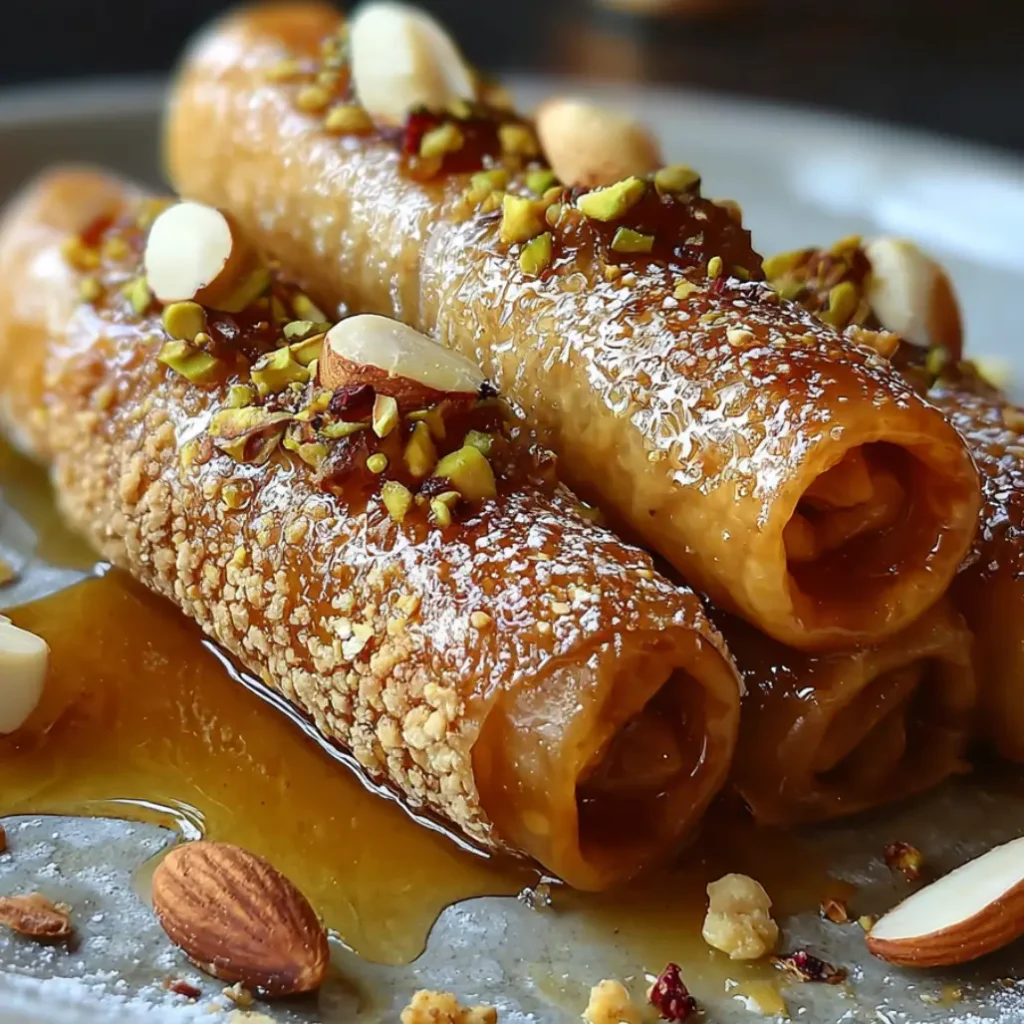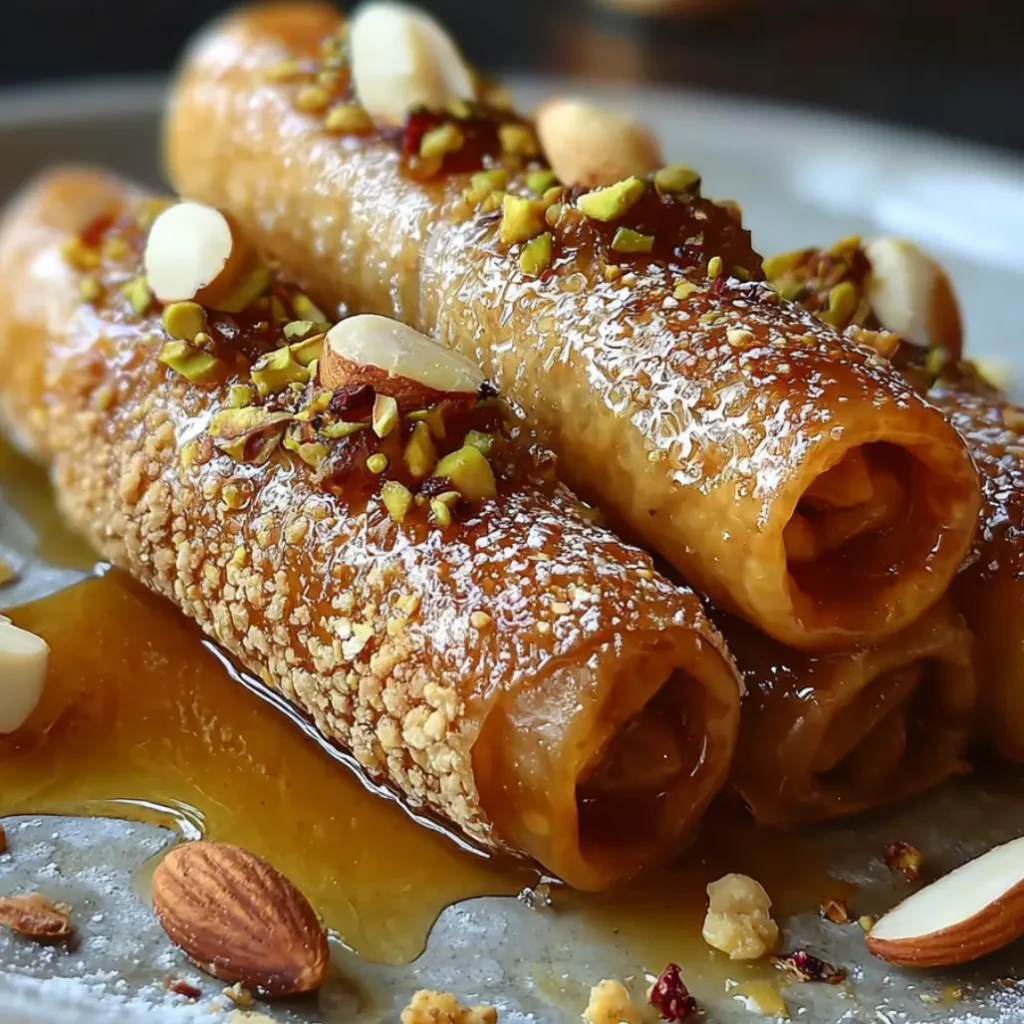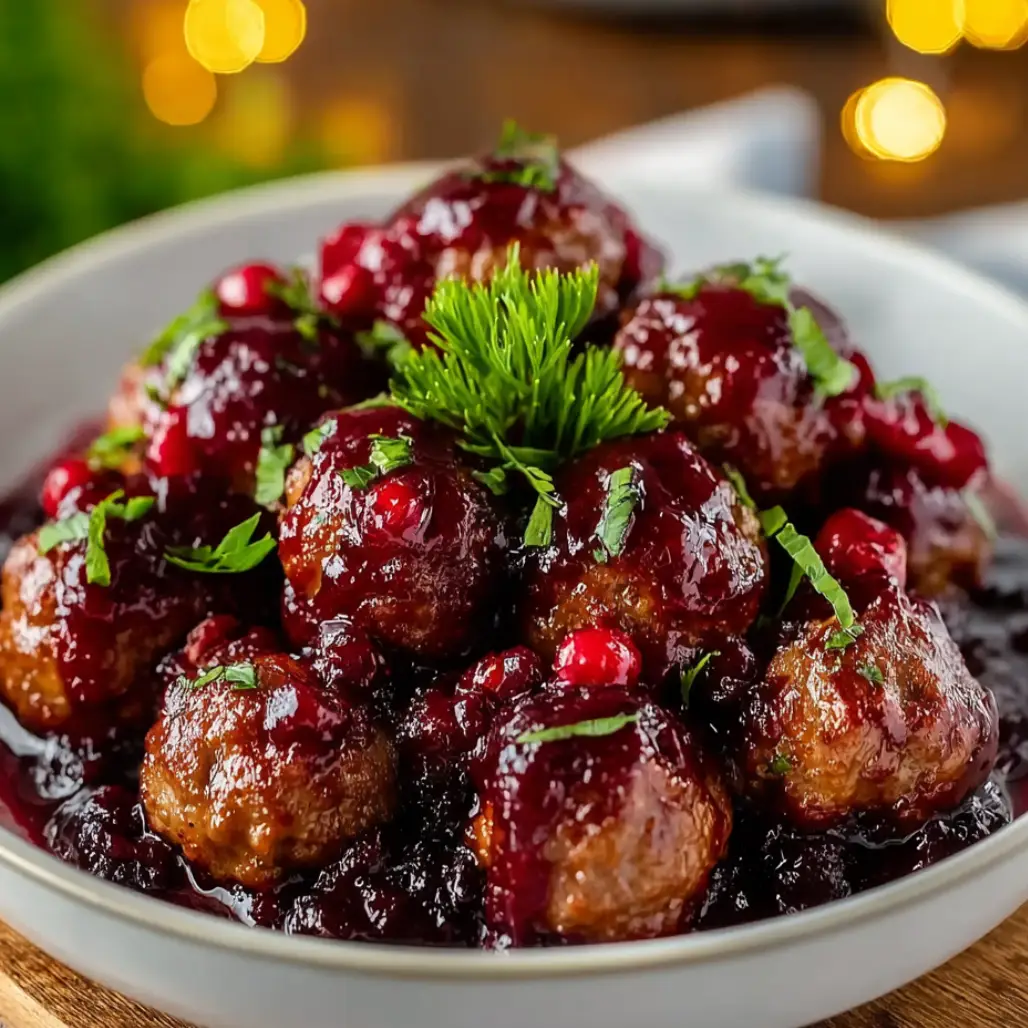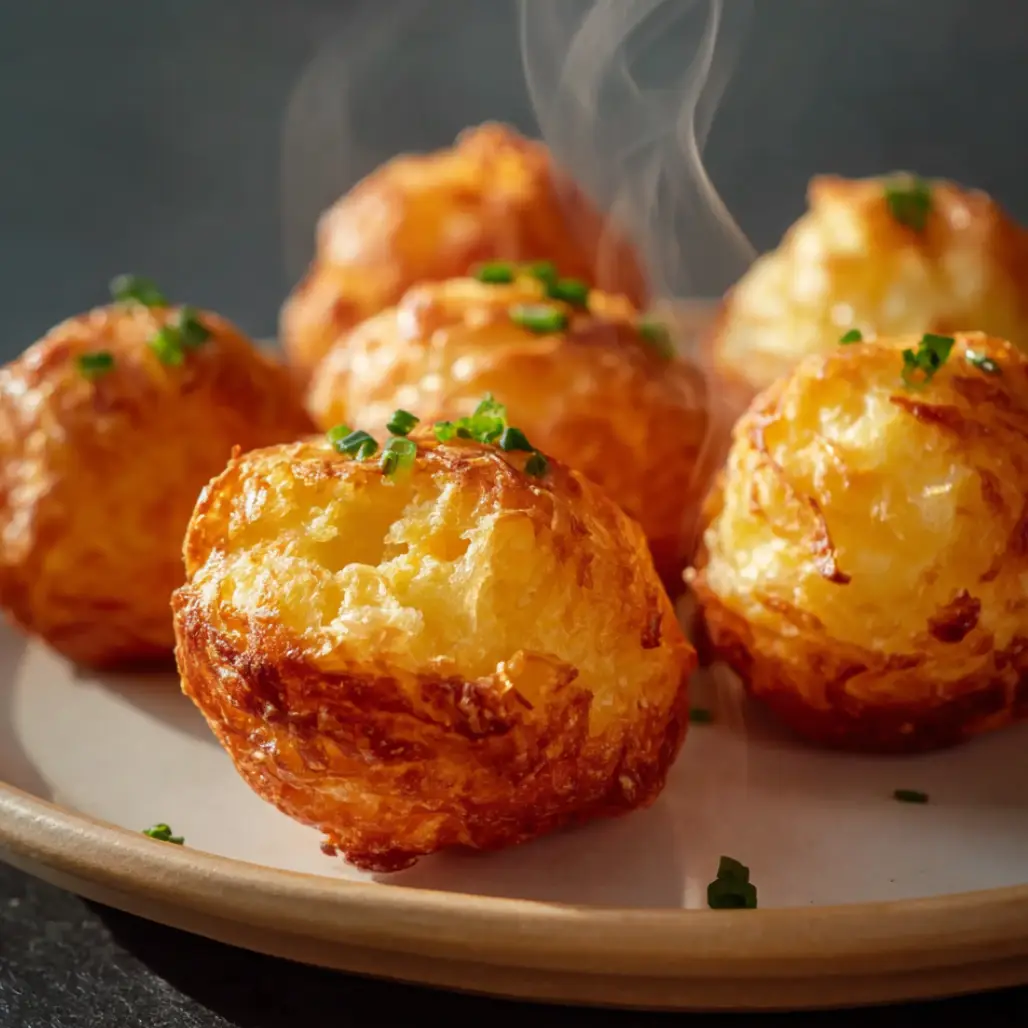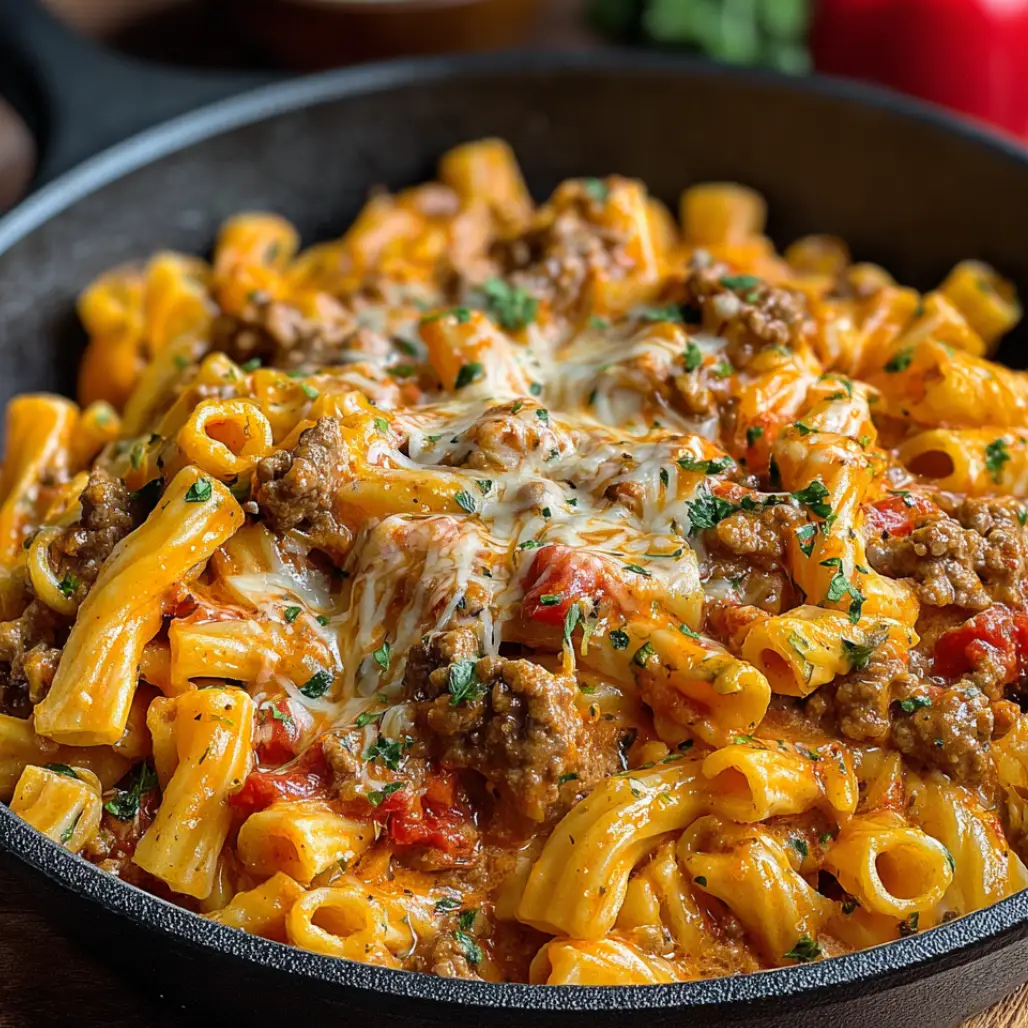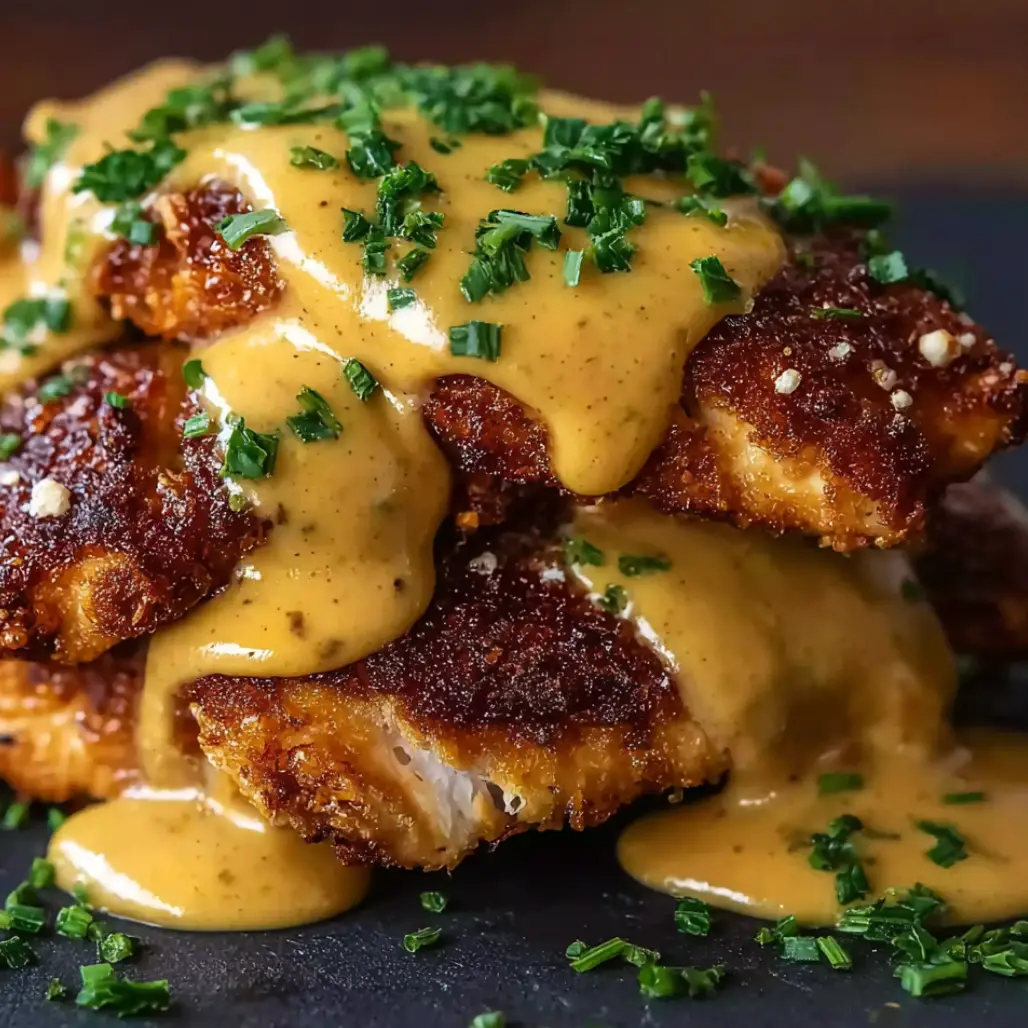| Prep Time: 30 minutes | Cook Time: 25 minutes | Total Time: 55 minutes | Serves: 12 |
|---|
Imagine biting into a golden, crispy pastry that melts in your mouth, releasing the sweet essence of honey and the rich, nutty flavor of perfectly toasted almonds – this is what makes Moroccan Honey and Almond Cigars an absolutely irresistible treat that captures the soul of North African cuisine. These delicate pastries, known as “briouats” in Morocco, represent centuries of culinary artistry passed down through generations because they combine the simplest ingredients into something truly extraordinary. The crispy phyllo dough embraces a luscious filling of honey-sweetened almonds, creating a symphony of textures and flavors that transports you straight to the bustling souks of Marrakech because every bite tells a story of tradition, celebration, and the warmth of Moroccan hospitality.
Why Moroccan Honey and Almond Cigars Are Perfect for Any Occasion
The beauty of Moroccan Honey and Almond Cigars lies not just in their exquisite taste, but in their remarkable versatility that makes them suitable for everything from intimate tea gatherings to grand celebrations because they embody the perfect balance between elegance and comfort. These pastries shine as the crown jewel of any dessert table because their golden appearance and delicate shape immediately capture attention, while their complex flavor profile satisfies even the most sophisticated palates. The combination of natural sweetness from honey and the richness of almonds creates a dessert that feels both indulgent and wholesome because it relies on ingredients that have been cherished in Mediterranean and Middle Eastern cuisines for thousands of years. Whether you’re hosting a dinner party, celebrating a special milestone, or simply wanting to treat your family to something extraordinary, these Moroccan Honey and Almond Cigars deliver an authentic taste experience that transforms any ordinary moment into something memorable because they represent the very essence of sharing joy through food.
Essential Ingredients for Perfect Moroccan Honey and Almond Cigars
Creating authentic Moroccan Honey and Almond Cigars requires carefully selected ingredients that work in harmony to produce the perfect balance of sweetness, texture, and aromatic complexity because each component plays a crucial role in the final result.
For the Almond Filling:
- 2 cups blanched almonds – The foundation of flavor that provides rich nuttiness and satisfying texture
- 3/4 cup premium honey – Choose pure, high-quality honey for the most authentic sweetness
- 2 teaspoons ground cinnamon – Adds warmth and traditional Moroccan spice notes
- 1/2 teaspoon ground cardamom – Provides exotic floral notes that elevate the filling
- 1/4 teaspoon vanilla extract – Enhances the overall flavor profile with subtle sweetness
- Pinch of sea salt – Balances the sweetness and intensifies all other flavors
For the Pastry Assembly:
- 1 package phyllo dough – Thawed completely and kept covered to prevent drying
- 1 cup unsalted butter, melted – For brushing layers and creating golden crispness
- 2 tablespoons orange blossom water – Optional but traditional for authentic Moroccan flavor
- Powdered sugar – For elegant dusting before serving
For the Honey Glaze:
- 1/2 cup honey – Additional honey for the glossy finishing touch
- 2 tablespoons warm water – To create the perfect glaze consistency
- 1 teaspoon rose water – Optional for a delicate floral finish
The Art of Creating Perfect Moroccan Honey and Almond Cigars
The creation of authentic Moroccan Honey and Almond Cigars is truly an art form that requires patience, attention to detail, and respect for traditional techniques because the magic happens in the careful preparation of each component and the precise assembly that transforms simple ingredients into extraordinary pastries. The process begins with understanding that the almonds must be toasted to perfection because this crucial step develops the deep, complex flavors that distinguish authentic Moroccan Honey and Almond Cigars from ordinary almond pastries. Temperature control becomes essential throughout every stage because the delicate phyllo dough demands gentle handling while the honey requires careful heating to achieve the ideal consistency. Mastering the rolling technique ensures that each cigar maintains its elegant shape while providing the perfect ratio of crispy exterior to luscious filling because the goal is achieving that satisfying contrast that makes every bite memorable.
Step-by-Step Instructions for Moroccan Honey and Almond Cigars
Step 1: Preparing the Almond Filling
Begin by preheating your oven to 350°F because properly toasted almonds form the cornerstone of exceptional Moroccan Honey and Almond Cigars, and precise temperature control ensures even browning without bitterness. Spread the blanched almonds in a single layer on a large baking sheet, ensuring they don’t overlap because this allows for uniform toasting that brings out their natural oils and intensifies their flavor. Toast the almonds for 12-15 minutes, stirring every 5 minutes to promote even browning, because this careful attention prevents burning while developing that rich, nutty aroma that makes these pastries so irresistible.
Professional Tip: The almonds are perfectly toasted when they turn golden brown and release a fragrant, nutty aroma that fills your kitchen – they should sound hollow when tapped together, indicating that moisture has been driven out and the oils have been activated.
Allow the toasted almonds to cool completely before processing because hot almonds can create a paste rather than the desired coarse texture that provides the perfect bite in your Moroccan Honey and Almond Cigars. Pulse the almonds in a food processor until they reach a coarse, chunky consistency because you want pieces that are small enough to roll easily but large enough to provide textural interest in every bite.
Key Points: The almond texture should resemble coarse breadcrumbs with some larger pieces remaining for optimal texture contrast in the finished Moroccan Honey and Almond Cigars.
Step 2: Creating the Honey Mixture
Gently warm the honey in a small saucepan over low heat until it becomes fluid and easily mixable because cold honey doesn’t distribute evenly throughout the almond mixture, which is essential for consistent flavor in every Moroccan Honey and Almond Cigar. Remove the honey from heat and stir in the cinnamon, cardamom, vanilla extract, and sea salt because these aromatics need to infuse into the warm honey to release their full flavor potential.
Professional Tip: The honey should be warm enough to pour easily but not so hot that it starts to caramelize – aim for a temperature that feels comfortably warm when tested with your finger.
Combine the processed almonds with the spiced honey mixture, stirring thoroughly until every almond piece is coated because proper distribution ensures that each Moroccan Honey and Almond Cigar delivers consistent flavor and sweetness. The mixture should hold together when pressed but not be overly wet because the perfect consistency allows for easy rolling without creating soggy pastries.
Key Points: Let the almond-honey mixture rest for 15 minutes to allow flavors to meld and the almonds to absorb the honey properly, creating the ideal filling for your Moroccan Honey and Almond Cigars.
Step 3: Preparing the Phyllo Dough
Remove the phyllo dough from refrigeration 30 minutes before use because gradual temperature adjustment prevents the delicate sheets from cracking when unrolled, which is crucial for creating perfectly shaped Moroccan Honey and Almond Cigars. Carefully unroll the phyllo sheets on a clean, dry work surface and immediately cover them with a slightly damp clean kitchen towel because phyllo dries out within minutes when exposed to air, making it impossible to work with.
Professional Tip: Keep a spray bottle filled with water nearby to lightly mist the towel if it begins to dry out during the assembly process – the goal is maintaining just enough moisture to keep the phyllo pliable without making it soggy.
Cut the phyllo sheets in half lengthwise to create strips approximately 6 inches wide because this size provides the perfect proportions for rolling elegant Moroccan Honey and Almond Cigars that aren’t too thick or too thin. Work with one strip at a time, keeping the remaining strips covered because exposed phyllo becomes brittle and unusable within minutes.
Key Points: Have your melted butter ready in a small bowl with a pastry brush because efficient assembly is key to preventing the phyllo from drying out while creating your Moroccan Honey and Almond Cigars.
Step 4: Assembling the Cigars
Place one phyllo strip on your work surface and brush it lightly but completely with melted butter because this creates the golden, crispy layers that make Moroccan Honey and Almond Cigars so irresistible when baked. Layer a second phyllo strip directly on top and brush with butter again because multiple layers create the perfect flaky texture while providing structural integrity for rolling.
Professional Tip: Use gentle, even strokes when brushing butter to avoid tearing the delicate phyllo – the butter should coat the surface without pooling because excess butter can make the pastries greasy rather than crisp.
Spoon 2 tablespoons of the almond filling onto one short end of the phyllo strip, shaping it into a neat log about 1 inch from the edge because proper placement ensures easy rolling and prevents filling from escaping during baking. Fold the sides of the phyllo over the filling, then roll tightly from the filled end toward the opposite end because this technique creates the classic cigar shape that defines these beautiful Moroccan Honey and Almond Cigars.
Key Points: Seal the final edge with a light brush of melted butter and place the completed cigar seam-side down on a parchment-lined baking sheet because proper sealing prevents unrolling during baking.
Step 5: Baking to Golden Perfection
Preheat your oven to 375°F and position the rack in the center because even heat distribution is crucial for achieving the golden brown color and crispy texture that characterizes perfect Moroccan Honey and Almond Cigars. Arrange the assembled cigars on parchment-lined baking sheets with at least 2 inches between each pastry because they need space to expand slightly and brown evenly without steaming each other.
Professional Tip: Brush the tops of all cigars with melted butter just before baking because this final butter layer creates the beautiful golden color and ensures even browning across the entire surface of your Moroccan Honey and Almond Cigars.
Bake for 20-25 minutes, rotating the baking sheets halfway through cooking time because this ensures even browning and prevents hot spots in your oven from creating unevenly colored Moroccan Honey and Almond Cigars. The pastries are ready when they turn deep golden brown and sound hollow when gently tapped because this indicates that the phyllo has crisped completely while the filling has heated through.
Key Points: Remove from oven immediately when golden brown because phyllo can go from perfectly baked to burnt in just a few minutes, and overcooked Moroccan Honey and Almond Cigars become bitter and unpleasant.
Step 6: Creating the Finishing Glaze
While the Moroccan Honey and Almond Cigars bake, prepare the finishing glaze by warming the remaining honey with water in a small saucepan because this creates a smooth, glossy coating that adds both visual appeal and an extra layer of sweetness. Stir gently until the mixture becomes smooth and easily spreadable because lumpy glaze won’t distribute evenly across the pastry surfaces.
Professional Tip: Add the rose water to the warm honey glaze just before using because this preserves the delicate floral aroma that enhances the traditional flavor profile of authentic Moroccan Honey and Almond Cigars.
Immediately brush the hot pastries with the honey glaze because the heat helps the glaze penetrate slightly into the crispy phyllo layers, creating a beautiful shine while adding moisture that balances the crispy texture. Work quickly while the cigars are still warm because cooled pastries don’t absorb the glaze as effectively.
Key Points: The final glaze should create a glossy, golden appearance that makes your Moroccan Honey and Almond Cigars look professionally made while adding a final layer of sweet, floral flavor.
Professional Tips for Mastering Moroccan Honey and Almond Cigars
Success with Moroccan Honey and Almond Cigars depends on understanding that phyllo dough is extremely temperature and humidity sensitive, so working in a cool, dry environment produces the best results because moisture in the air can make the dough sticky and difficult to handle. Keep your workspace organized with all ingredients and tools within easy reach because efficient assembly prevents the phyllo from drying out while ensuring consistent results across all your pastries. Temperature control throughout the entire process makes the difference between amateur and professional-quality Moroccan Honey and Almond Cigars because every element from the honey consistency to the butter temperature affects the final texture and appearance.
The key to perfectly shaped cigars lies in maintaining consistent pressure while rolling because too much pressure squeezes out the filling while too little creates loose pastries that unroll during baking. Practice the rolling technique with a few test pieces because muscle memory develops quickly and leads to uniform, beautiful Moroccan Honey and Almond Cigars that look professionally made. Remember that phyllo dough is forgiving despite its delicate appearance – small tears can be patched with additional pieces, and slight imperfections disappear during baking because the butter and heat work together to create a unified, golden surface.
Creative Variations of Moroccan Honey and Almond Cigars
The traditional recipe for Moroccan Honey and Almond Cigars provides an excellent foundation for creative exploration because the basic technique adapts beautifully to different flavor combinations while maintaining the essential character that makes these pastries so beloved. Consider incorporating chopped dates or dried figs into the almond mixture because these fruits add natural sweetness and chewy texture that complements the crunchy almonds perfectly. Orange zest and a splash of Grand Marnier transform ordinary Moroccan Honey and Almond Cigars into sophisticated citrus-scented treats because the bright acidity balances the rich honey while adding complexity that appeals to adult palates.
For those who enjoy spice, adding a pinch of ground ginger and nutmeg creates warmth that enhances the traditional cinnamon because these complementary spices deepen the flavor profile without overwhelming the delicate almond base. Pistachios can partially replace almonds for a different color and slightly different flavor because their natural green hue creates visually striking Moroccan Honey and Almond Cigars that stand out on any dessert table. Consider pairing with dessert recipes that complement the Middle Eastern flavor profile, or explore snacks appetizers that could be served alongside these elegant pastries.
Chocolate lovers can add finely chopped dark chocolate to the filling because it melts during baking and creates pockets of rich indulgence that contrast beautifully with the honey sweetness. For special occasions, consider making miniature versions that work perfectly as petit fours because smaller Moroccan Honey and Almond Cigars allow guests to sample multiple flavors while maintaining portion control.
Perfect Pairing Ideas for Moroccan Honey and Almond Cigars
The elegant sweetness and complex flavor profile of Moroccan Honey and Almond Cigars makes them natural companions to traditional North African and Middle Eastern beverages because the pastries complement rather than compete with aromatic teas and coffee preparations. Moroccan mint tea provides the classic pairing because its refreshing qualities cleanse the palate between bites while its subtle sweetness harmonizes with the honey flavors. Turkish coffee offers a bold contrast because its intense, slightly bitter character balances the sweetness of the pastries while providing the caffeine lift that makes this combination perfect for afternoon entertaining.
For wine enthusiasts, consider serving these pastries with dessert wines like Moscato or late-harvest Riesling because their natural sweetness complements rather than overpowers the delicate almond flavors. Chamomile or jasmine tea creates a floral backdrop that enhances the orange blossom and rose water notes in the pastries because these gentle infusions provide aromatic complexity without competing for attention. Consider exploring refreshing beverages that would complement these Middle Eastern flavors, or discover breakfast favorites that could be served alongside these pastries for a luxurious morning treat.
Fresh fruit provides excellent textural contrast – consider serving sliced pears, figs, or oranges because their natural acidity cuts through the richness while their fresh flavor brightens the entire presentation. Greek yogurt drizzled with additional honey creates a creamy element that balances the crispy pastry texture because the tartness of the yogurt provides pleasant contrast while adding protein that makes the dessert more satisfying.
Discover More Middle Eastern Culinary Adventures
The world of Middle Eastern and North African pastries extends far beyond Moroccan Honey and Almond Cigars, offering countless opportunities to explore flavors, techniques, and traditions that have delighted families for generations because each region contributes unique ingredients and methods that reflect local tastes and available ingredients. Baklava represents perhaps the most famous phyllo-based dessert because its layered construction and nutty filling share many similarities with our cigars while showcasing different assembly techniques that create distinctive textures and presentations.
Ma’amoul cookies filled with dates or nuts provide another avenue for exploration because they demonstrate how similar flavor combinations can be expressed through different pastry techniques, while knafeh showcases how cheese and syrup can create desserts that are both familiar and surprisingly different. Consider exploring perfect sides that would complement Middle Eastern meals, or discover salads that provide fresh contrast to rich pastries like these Moroccan Honey and Almond Cigars.
Turkish delight offers insight into how sugar work and aromatics create confections that are both simple and sophisticated because the techniques for balancing sweetness with floral notes translate directly to pastry making. Rose-scented shortbread and pistachio brittle demonstrate how individual flavor elements from our cigars can be featured in other dessert formats because understanding these connections helps develop intuition for Middle Eastern flavor profiles.
Storage Guidelines for Moroccan Honey and Almond Cigars
Proper storage ensures that your beautiful Moroccan Honey and Almond Cigars maintain their crispy texture and vibrant flavors for maximum enjoyment because the delicate phyllo crust requires specific conditions to prevent becoming soggy or stale. Store completely cooled pastries in airtight containers at room temperature for up to 4 days because this prevents moisture absorption while maintaining the crispy exterior that makes these pastries so appealing. Layer the cigars between sheets of parchment paper because this prevents them from sticking together while protecting the delicate glaze finish from damage.
For longer storage, freeze unbaked assembled cigars on parchment-lined baking sheets until solid, then transfer to freezer bags because this method preserves both texture and flavor while allowing you to bake fresh pastries whenever desired. Frozen Moroccan Honey and Almond Cigars can be baked directly from the freezer by adding 5-7 minutes to the normal baking time because the phyllo doesn’t require thawing and actually crisps better when baked from frozen. Avoid refrigerating baked pastries because the moisture in refrigerators makes phyllo dough lose its crispy texture and become chewy rather than flaky.
If your stored Moroccan Honey and Almond Cigars lose some crispness, refresh them in a 300°F oven for 3-4 minutes because gentle reheating restores the texture without overbrowning or drying out the filling. Always allow pastries to cool completely before storing because trapped steam creates moisture that ruins the crispy texture that makes these desserts so special.
The Science Behind Perfect Moroccan Honey and Almond Cigars
Understanding the science behind successful Moroccan Honey and Almond Cigars helps ensure consistent results because each ingredient and technique serves specific purposes that contribute to the final texture, flavor, and appearance. Phyllo dough consists primarily of flour, water, and a small amount of oil, creating a dough that can be rolled incredibly thin because the gluten development is minimal, allowing for flexibility without elasticity that would cause spring-back. The butter between layers creates steam during baking because water in the butter vaporizes, creating lift and separation that produces the characteristic flaky texture.
Honey not only provides sweetness but also acts as a moisture retention agent because its hygroscopic properties help keep the almond filling from becoming dry during baking, while its natural enzymes contribute complex flavors that develop during heating. The Maillard reaction between proteins in the almonds and sugars in the honey creates the deep, complex flavors that distinguish well-made Moroccan Honey and Almond Cigars from simple sweet pastries because this browning reaction produces hundreds of flavor compounds that add depth and richness.
Temperature control matters because phyllo dough becomes brittle when too cold and sticky when too warm, while the butter needs to be fluid enough to spread easily but not so hot that it melts the phyllo on contact. The final honey glaze works through surface tension and viscosity because warm honey flows into tiny crevices in the baked phyllo surface, creating both visual appeal and flavor penetration that enhances the overall eating experience.
Troubleshooting Common Issues with Moroccan Honey and Almond Cigars
Even experienced bakers occasionally encounter challenges when making Moroccan Honey and Almond Cigars because the technique involves multiple variables that must work together perfectly, but understanding common problems and their solutions ensures success with every batch. Phyllo that tears during rolling usually indicates that it’s too dry because insufficient humidity or exposure to air makes the dough brittle – solution involves working more quickly, keeping unused sheets properly covered, and lightly misting the covering towel if necessary.
Filling that leaks during baking typically results from overfilling or inadequate sealing because too much filling creates pressure that forces open the pastry seams – use slightly less filling and ensure edges are properly sealed with melted butter before baking. Soggy bottoms occur when pastries are placed too close together or when the oven temperature is too low because inadequate air circulation and insufficient heat prevent proper crisping of the bottom layers.
Uneven browning usually indicates hot spots in the oven or improper rack positioning because heat distribution affects how evenly the butter browns the phyllo surfaces – rotate pans halfway through baking and use the center rack position for best results. If your Moroccan Honey and Almond Cigars brown too quickly, reduce oven temperature by 25°F and increase baking time because slower cooking allows the interior to heat properly while preventing the exterior from burning.
Dry or hard filling suggests insufficient honey or overbaked pastries because honey provides moisture that keeps the almonds tender during the extended baking time – ensure proper honey measurement and remove pastries from oven as soon as they reach golden brown color.
Additional Middle Eastern Inspirations
The techniques and flavors you master while creating perfect Moroccan Honey and Almond Cigars open doors to countless other Middle Eastern and Mediterranean pastries because the fundamental skills transfer beautifully to related recipes that showcase similar ingredients and methods. Spanakopita uses identical phyllo handling techniques because the dough requires the same careful treatment whether filled with spinach and cheese or almonds and honey, while the rolling and sealing methods apply to both savory and sweet applications.
Turkish börek demonstrates how phyllo can create entirely different textures when layered rather than rolled because understanding these variations helps develop intuition for working with this versatile pastry dough. Consider exploring flavored dips marinades that complement Middle Eastern flavors, or discover savory sides that could round out a themed menu featuring these elegant pastries.
Lebanese ma’amoul showcases how similar flavor combinations can be expressed through completely different pastry techniques because the semolina-based dough creates entirely different textures while featuring comparable honey, nuts, and spice profiles. Persian fesenjan demonstrates how pomegranate and walnuts create complex sweet-tart flavor profiles because understanding these traditional combinations helps develop confidence for creating your own variations of classic recipes like Moroccan Honey and Almond Cigars.
Conclusion
Creating authentic Moroccan Honey and Almond Cigars represents more than simply following a recipe – it connects you to centuries of culinary tradition while developing skills that translate to countless other pastries and desserts because the techniques you master here form the foundation for exploring the rich world of Middle Eastern and Mediterranean sweets. These elegant pastries embody the perfect balance of simplicity and sophistication because they transform humble ingredients into something truly extraordinary through careful technique and attention to detail. Whether you serve them at intimate gatherings or grand celebrations, Moroccan Honey and Almond Cigars never fail to impress because their combination of visual beauty, complex flavors, and satisfying textures appeals to all the senses simultaneously. The journey of mastering these pastries rewards you with both delicious results and valuable skills because each batch teaches something new about working with phyllo, balancing flavors, and creating desserts that bring joy to everyone who experiences them.

